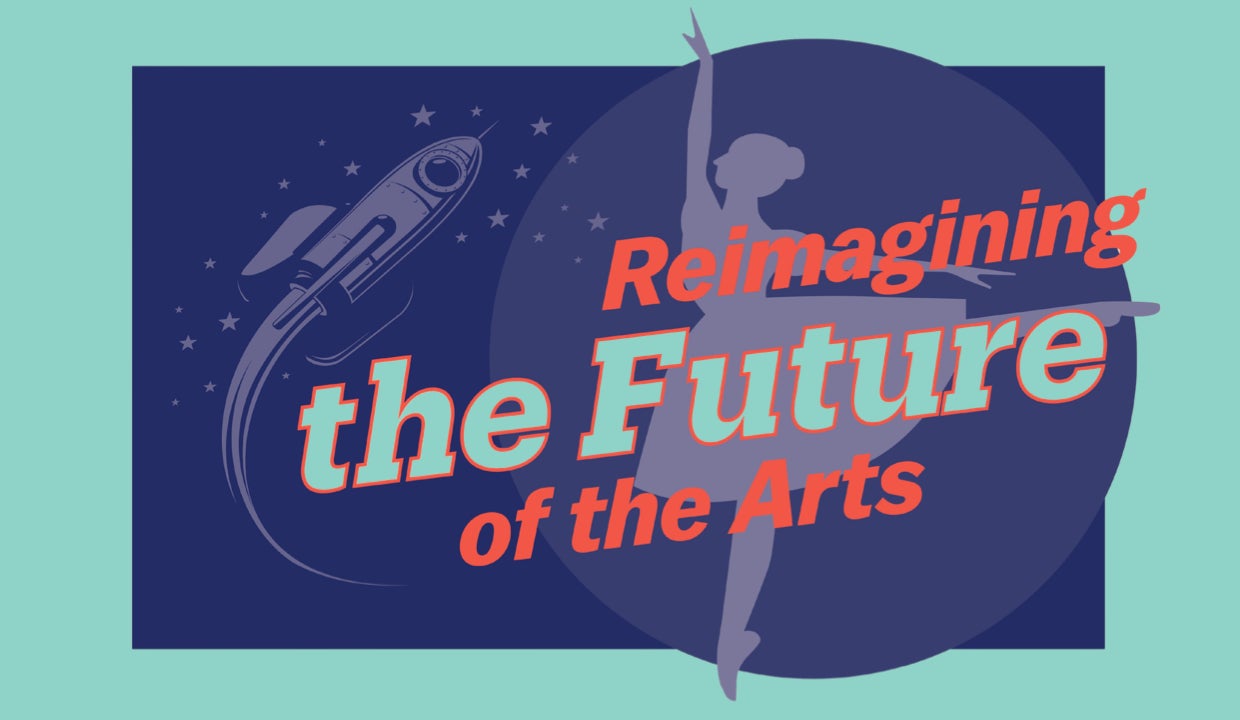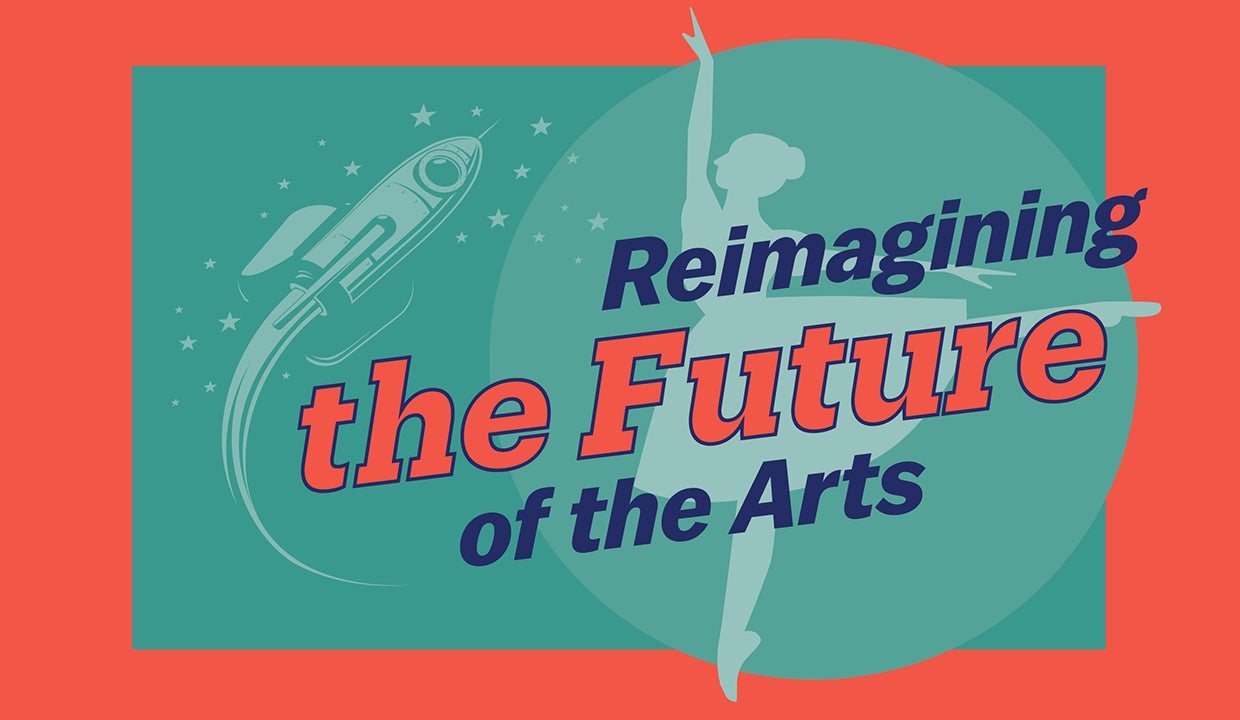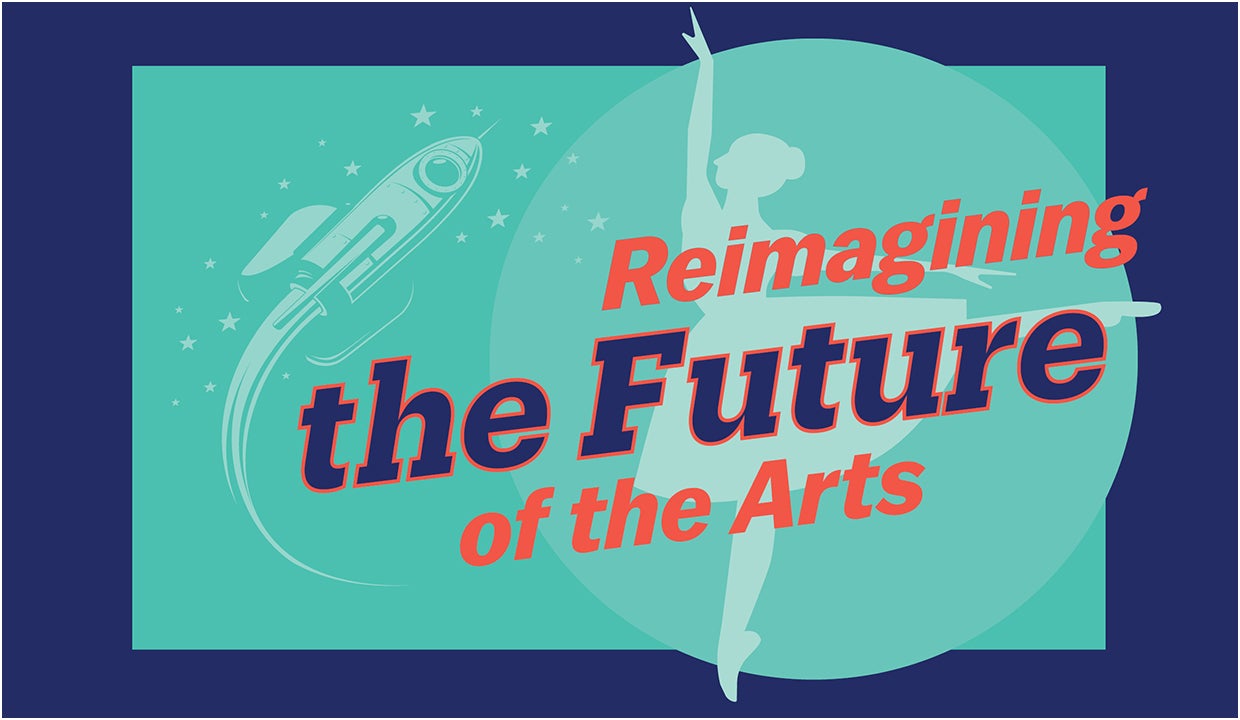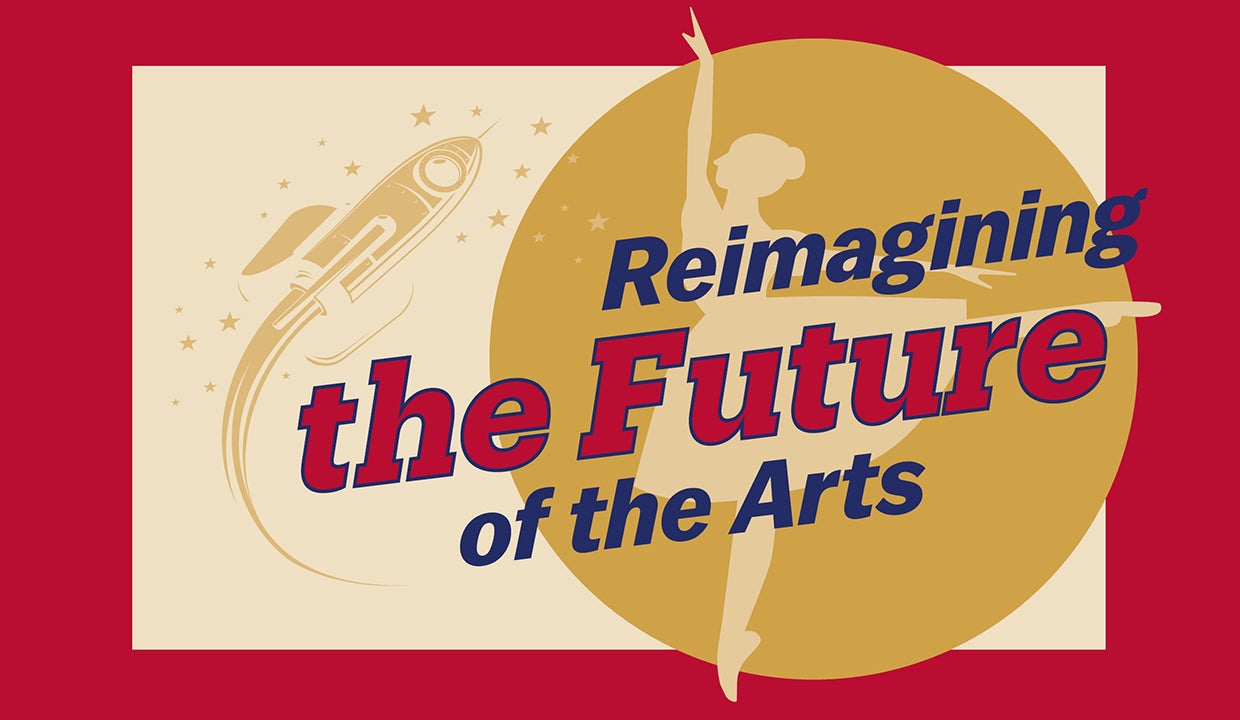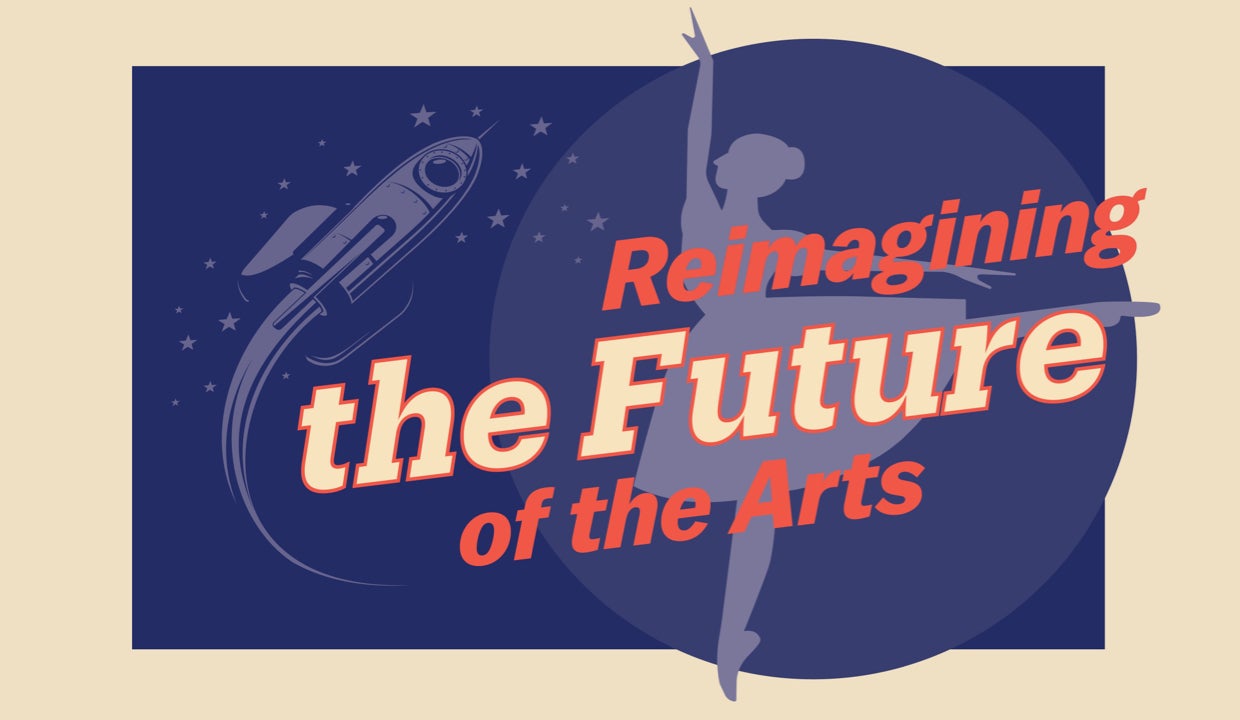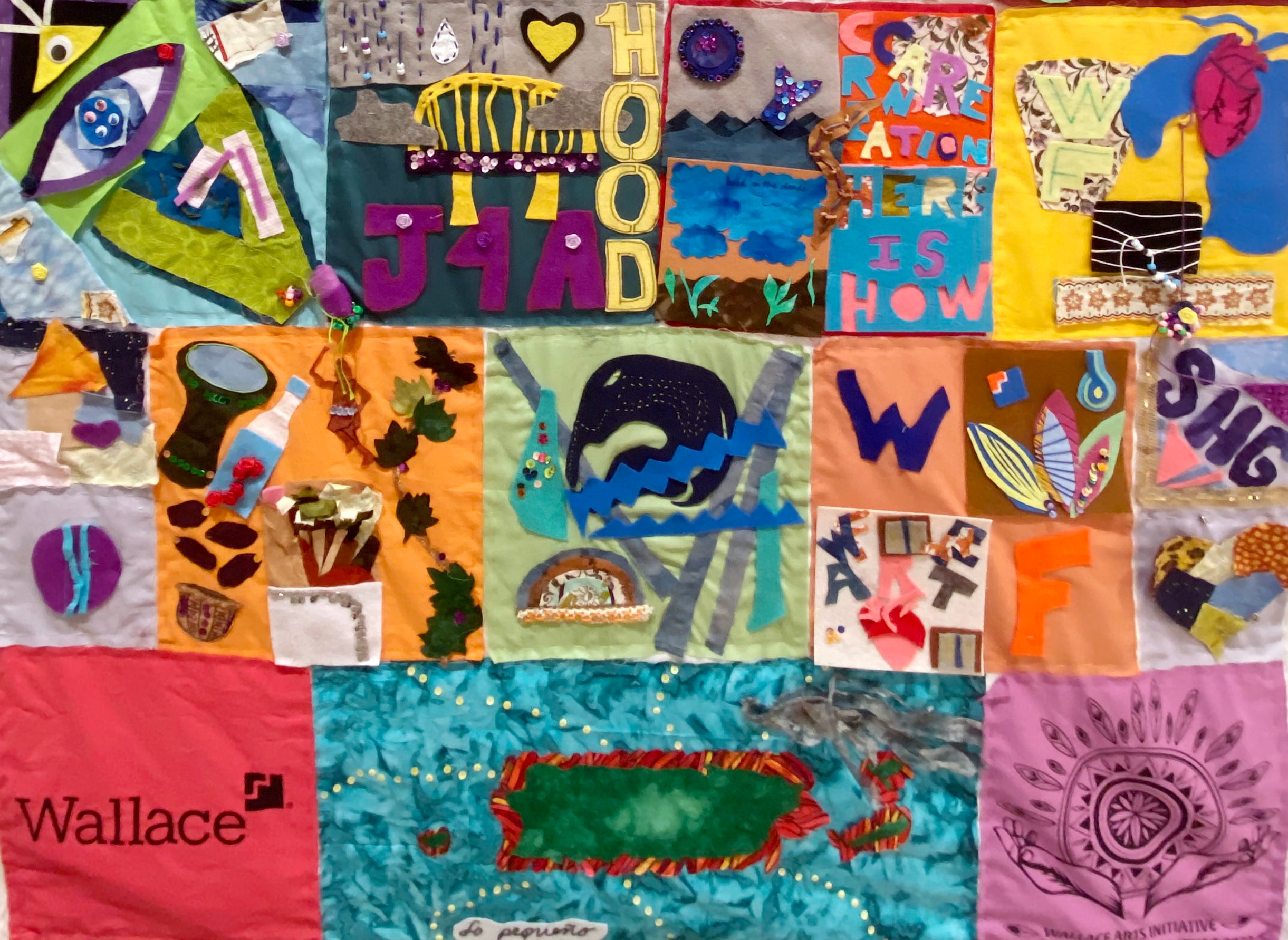Last summer, with theaters across the country shuttered by the coronavirus, Kate Maguire set out to break through the pandemic fatigue. To succeed, the artistic director and CEO of the Berkshire Theater Group in Pittsfield, Mass., knew she would need to do something that had not been attempted since union performances closed down last March: bring a group of actors together in front of a live audience.
Maguire convinced Actors’ Equity to allow an outdoor production of Godspell and devised an acceptable safety plan. She worked with local and state authorities to ensure everyone would feel safe and be protected—the stage would be under a tent, everyone in masks, and the audience size would be capped at 50. Still, Maguire hoped the play with its theme of community and spiritual unity would resonate with an emotionally battered audience—and she saw that wish fulfilled.
“People were weeping because they were in the presence of music, of language and of this story,” she recalled. “All of a sudden we were in the midst of really understanding what the arts mean to peoples’ lives.”
Maguire recounted this story for the more than 600 participants gathered online for the first of Wallace’s five-part “Reimagining the Future of the Arts” conversation series. She went on to explain that she’s thinking about reducing the number of plays the company typically produces in a season and examining artistic choices in order to offer audiences the kind of emotional connections they experienced this summer. Even after the pandemic fades, she says, she expects to continue with these changes.
“I think what happened this summer was really monumental artistically, and that freshness changes your focus,” she said. “I’m not so sure I’m going to build the circus as I have in the past. I would like to be able to concentrate on intensity, not variety.”
She is not alone. The coronavirus pandemic, coupled with an energized racial justice movement, has sparked an urgency among many nonprofit arts leaders to rethink their how their organizations approach everything from audience interaction to inclusivity and equity.
“We will never go back,” Lisa Richards Toney, president and CEO of the Association of Performing Arts Professionals, said on the same panel discussion. She and Maguire kicked off the series, along with Arthur Cohen, the founder and CEO of the LaPlaca Cohen, a strategy and arts marketing firm, Franklin Sirmans, president and CEO of the Pérez Art Museum in Miami; the panel was moderated by Wallace's communications director Lucas Held. While each of the panelists acknowledged the stresses pulling at an old system, they embraced this moment as an opportunity to come up with forward-looking ideas and determine how to carry them out.
Audiences Are Changing
Cohen kicked off the panel with a presentation based on the survey his firm conducted with Slover Linett Research last spring. More than 124,000 people responded, most through 653 arts organizations. Not surprisingly, the attitude expressed by most respondents was, in a word, glum. They said they felt isolated, anxious, bored and disconnected. Asked what they most wanted from arts events in this dark time, most said they wanted to laugh and relax, seek an escape, find hope, feel connected and discover educational opportunities for children.
“COVID-19, in every fundamental way, has disrupted our sense of what normal looks like,” Diane Jean-Mary, partner and chief strategy officer at LaPlaca Cohen, said in an earlier conversation on The Wallace Blog. “In a time of such great uncertainty, many are turning to creativity, perhaps as a way to regain a sense of agency, expression and enjoyment.”
The survey also provided powerful evidence that new patterns—meaning new opportunities—are emerging. Most striking, perhaps, is the diversity of new audiences. Digital events, many free of charge, are attracting people from lower income groups. Audiences are skewing younger and have different levels of education. Many of those enjoying digital arts offerings had not visited an arts institution in the previous year, meaning they were considered new audience members, now hungry for artistic stimulation.
There were other examples of this diversity. For example, those taking in digital orchestra performances who had not attended a live concert in the previous year were 15 times more likely to be Black, and three times more likely to be from Gen Z, ages 18 to 23 years old, than those who had attended a performance. Of the people viewing digital content from art museums, those who had not visited a museum in the previous year were almost twice as likely to have a high school education or less than those who had visited. [For more survey results, see Cohen’s presentation from the event.]
“This represents a really interesting opportunity to perhaps view the digital audience as a growth audience for us,” said Cohen.
Digital Is Here to Stay
When the shutdown hit in March, Sirmans of the Perez Art Museum says he quickly pivoted to greater use of digital alternatives. “We went into it with abandon in the first few months of the pandemic without knowing exactly what we were doing, but we’re learning now,” he explained in a conversation following the webinar. Although it’s too soon to assess the full impact of these offerings on audiences, Sirmans said he expects that many of the changes will be permanent.
A new section of the organization’s website showcases its strong Caribbean art collection while a redesigned smartphone app creates a more robust mobile experience. “Digital is primary for us now,” Sirmans said. “Our community expects it and we know we have fans in the world, especially for our Latin American and Caribbean art. This is how we expand to them.”
Toney of APAP, a national service organization that supports and advances the performing arts presenting, booking and touring fields, carried the thought further, saying that by using online technologies, arts organizations could reach audiences globally, not solely the local audience members who can attend events in person. Moreover, the organizations can now expand time and run programming year-round, not just seasonally. This greater flexibility, she said, “should create an obligation to change” how the organizations conduct their activities.
Cohen agreed that the experimentation with online events in this new environment has transformed digital efforts from what had been decidedly secondary activities in the past to what are now a primary means of artistic expression and audience connections. They have taken on a new primary role, he said, side by side with the live event: “These are new pathways to connection with people who wouldn’t have come in the door.”
“Outdoors Is the New Indoors”
The need to protect audiences from the virus has encouraged some organizations to seize opportunities to use and transform outdoor spaces. Maguire says the outdoor tent used for Godspell normally holds 400 people but because the organizers could allow only 50 people to view the show at a time, they had to improvise with the space. “We’re going to have to think more about how we do that so it’s a good experience,” she said.
The Perez museum is using its space differently, too, Sirmans said, and is trying to turn pandemic necessities into benefits. For a show on the African diaspora, for example, the museum doubled the indoor space that normally would have been allotted. This, he said, allowed for new types of juxtapositions and greater use of illustrative written and graphic materials.
In addition, the museum is repurposing its outdoor sculpture garden, which features an array of steel and stone works by artists such as Anthony Caro, Gonzalo Fonseca and Edgar Negret. The museum is holding lectures, a film program and collaborations with other arts institutions and educational programs outside.
“Outdoors is the new indoors,” Sirmans said.
From Equity to Activism
Arts organizations are grappling with much more than logistical improvisation. They are having serious conversations about what the national reckoning with racial injustice means for them. Some organizations are considering fundamental shifts in their structure and the composition of their leadership to respond to the calls for greater equity and inclusiveness, according to the panelists.
Cohen, for one, called for organizations to better incorporate community and audience perspectives into their endeavors. “For some, audiences have been the ones least present in the planning,” he said, adding that reaching out to and including community input could be critical to organizations struggling to grow their audiences and maintain their relevance. “That’s your greatest opportunity going forward.”
This is true also in programming. For instance, Toney noted that it has become traditional that organizations offer every February—Black History Month—a Black-themed event or something created by Black artists. But artists of color should be integral to the arts events throughout the year, she said, so that organizations move away from the “white-centric canon.” In a conversation after the webinar, she followed up on that theme. “I know and have heard people in these organizations say, ‘Our audience won’t come. I know them,’” she said. “Then you have to do something about your audience. This is not easy to do.”
Toney also suggested that arts organizations might reimagine themselves as engines of progressive change. They could do this, in part, she said, by joining forces and speaking collectively, particularly on policy issues, more than they have in the past. “Really, it’s about positioning ourselves as one ecosystem with more joint action,” she said.
How much nonprofit arts organizations might embrace that advocacy model is unclear. Sirmans said he’s proud that Miami’s Perez museum has a staff and board as diverse as the city itself and features many artists of color in its collections and shows. How much the museum might speak up as a social advocate is a question, he said, that remains unanswered.
“We want to be that kind of place,” he said. “But we’re trying to figure out how we fit into that conversation.”
Stories from Reimagining the Future of the Arts
